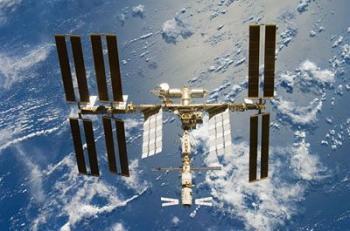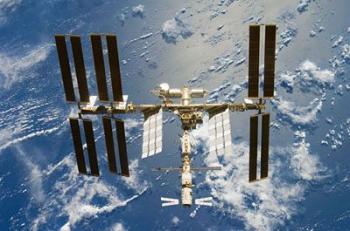From spent rocket stages and old satellites to lens caps, bolts, and chips of paint, it’s all up there drifting around in outer space.
And since it travels at speeds as high as 28,000 kilometres per hour, this space debris poses a significant threat to spacecraft.
However, getting rid of it is no simple task. It will need more money, better engineering designs, and international cooperation to solve the growing problem of Earth-orbiting debris, experts say.
“Impact by an object larger than 10 centimetres will destroy your spacecraft totally and release a big cloud of fragments which will also deteriorate the environment at that altitude,” said Dr. Heiner Klinkrad, Head of the European Space Agency’s (ESA) Space Debris Office at the European Space Operations Centre in Darmstadt, Germany.
Meanwhile, debris as small as 1 millimetre can cause damage and even disable part of a spacecraft depending on where it hits, he said.
Since launching the first spacecraft, Sputnik I, in 1957, humans have put some 6,000 satellites into orbit serving civil, commercial, and military applications. Today, we rely on about 800 active satellites for numerous everyday activities including communications, travel, trade, earth observations, weather monitoring, and news and entertainment.
But space missions have produced huge amounts of debris that can stay in orbit for decades or longer.
The U.S. Space Surveillance Network (SSN) regularly tracks about 13,000 catalogued objects 10 centimetres or larger. Operational spacecraft comprise only 6 per cent. The rest are debris that includes retired spacecraft, rocket bodies, and mission-related items released during operations.
About 50 per cent are fragments resulting from the breakup of over 200 of these manmade objects. Meanwhile, radar and telescopes show numerous other smaller debris particles that are not routinely tracked.
“It is estimated that there are over 300,000 objects measuring between 1 and 10 cm in diameter, and billions smaller,” according to Space Security 2008, an annual Canadian report produced by a group of governmental, non-governmental, and academic organizations.
Mounting Space Debris Poses Danger
From spent rocket stages and old satellites to lens caps, bolts, and chips of paint, it’s all up there drifting around in outer space.

The European Space Agency’s Jules Verne Automated Transfer Vehicle (bottom) performed a collision avoidance manoeuvre for the International Space Station on August 27, 2008 to avoid a potential collision with space debris. NASA/JSC
|Updated:





